Dmitry Koroteev
Making the black-box brighter: interpreting machine learning algorithm for forecasting drilling accidents
Sep 06, 2022



Abstract:We present an approach for interpreting a black-box alarming system for forecasting accidents and anomalies during the drilling of oil and gas wells. The interpretation methodology aims to explain the local behavior of the accident predictive model to drilling engineers. The explanatory model uses Shapley additive explanations analysis of features, obtained through Bag-of-features representation of telemetry logs used during the drilling accident forecasting phase. Validation shows that the explanatory model has 15% precision at 70% recall, and overcomes the metric values of a random baseline and multi-head attention neural network. These results justify that the developed explanatory model is better aligned with explanations of drilling engineers, than the state-of-the-art method. The joint performance of explanatory and Bag-of-features models allows drilling engineers to understand the logic behind the system decisions at the particular moment, pay attention to highlighted telemetry regions, and correspondingly, increase the trust level in the accident forecasting alarms.
Forecasting the abnormal events at well drilling with machine learning
Mar 10, 2022



Abstract:We present a data-driven and physics-informed algorithm for drilling accident forecasting. The core machine-learning algorithm uses the data from the drilling telemetry representing the time-series. We have developed a Bag-of-features representation of the time series that enables the algorithm to predict the probabilities of six types of drilling accidents in real-time. The machine-learning model is trained on the 125 past drilling accidents from 100 different Russian oil and gas wells. Validation shows that the model can forecast 70% of drilling accidents with a false positive rate equals to 40%. The model addresses partial prevention of the drilling accidents at the well construction.
Machine learning for recovery factor estimation of an oil reservoir: a tool for de-risking at a hydrocarbon asset evaluation
Oct 22, 2020
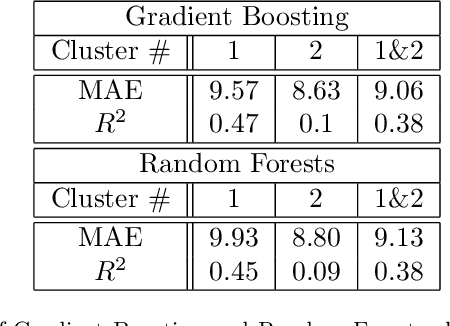

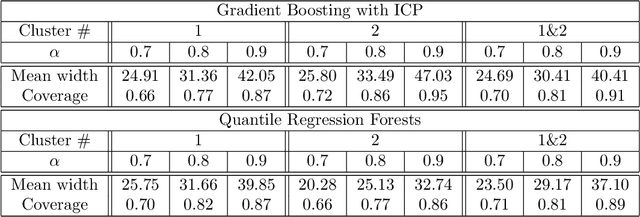
Abstract:Well known oil recovery factor estimation techniques such as analogy, volumetric calculations, material balance, decline curve analysis, hydrodynamic simulations have certain limitations. Those techniques are time-consuming, require specific data and expert knowledge. Besides, though uncertainty estimation is highly desirable for this problem, the methods above do not include this by default. In this work, we present a data-driven technique for oil recovery factor of hydrocarbon reservoirs using parameters and various representative statistics. We apply advanced machine learning methods using extensive historical worldwide oilfields datasets (more than 2000 oil reservoirs). The data-driven model might be used as a general tool for rapid and completely objective estimation of the oil recovery factor. In addition, it includes the ability to work with partial input data and to estimate the prediction interval of the oil recovery factor. We perform the evaluation in terms of accuracy and prediction intervals coverage for several tree-based machine learning techniques in application to the following two cases: (1) using parameters only related to geometry, geology, transport, storage and fluid properties, (2) using an extended set of parameters including development and production data. For both cases model proved itself to be robust and reliable. We conclude that the proposed data-driven approach overcomes several limitations of the traditional methods and is suitable for rapid, reliable and objective estimation of oil recovery factor for hydrocarbon reservoir.
Failures detection at directional drilling using real-time analogues search
Jun 06, 2019



Abstract:One of the main challenges in the construction of oil and gas wells is the need to detect and avoid abnormal situations, which can lead to accidents. Accidents have some indicators that help to find them during the drilling process. In this article, we present a data-driven model trained on historical data from drilling accidents that can detect different types of accidents using real-time signals. The results show that using the time-series comparison, based on aggregated statistics and gradient boosting classification, it is possible to detect an anomaly and identify its type by comparing current measurements while drilling with the stored ones from the database of accidents.
Real-time data-driven detection of the rock type alteration during a directional drilling
Mar 27, 2019

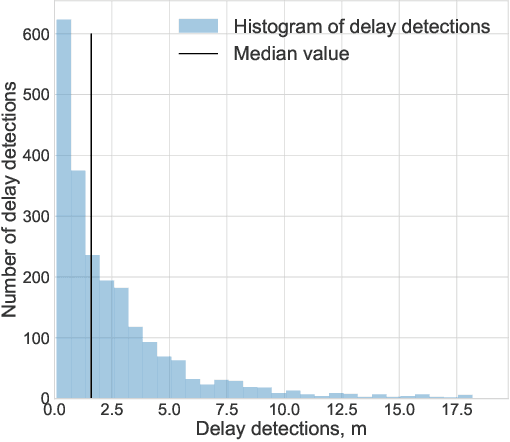

Abstract:During the directional drilling, a bit may sometimes go to a nonproductive rock layer due to the gap about 20 m between the bit and high-fidelity rock type sensors. The only way to detect the lithotype changes in time is the usage of Measurements While Drilling (MWD) data. However, there are no mathematical modeling approaches that reconstruct the rock type based on MWD data with high accuracy. In this article, we present a data-driven procedure that utilizes MWD data for quick detection of changes in rock type. We propose the approach that combines traditional machine learning based on the solution of the rock type classification problem with change detection procedures rarely used before in Oil & Gas industry. The data come from a newly developed oilfield in the North of Western Siberia. The results suggest that we can detect a significant part of changes in rock type reducing the change detection delay from 20 to 2.6 m and the number of false positive alarms from 71 to 7 per well.
Gradient Boosting to Boost the Efficiency of Hydraulic Fracturing
Feb 19, 2019



Abstract:In this paper we present a data-driven model for forecasting the production increase after hydraulic fracturing (HF). We use data from fracturing jobs performed at one of the Siberian oilfields. The data includes features of the jobs and a geological information. To predict an oil rate after the fracturing machine learning (ML) technique was applied. The ML-based prediction is compared to a prediction based on the experience of reservoir and production engineers responsible for the HF-job planning. We discuss the potential for further development of ML techniques for predicting changes in oil rate after HF.
Prediction of Porosity and Permeability Alteration based on Machine Learning Algorithms
Feb 18, 2019
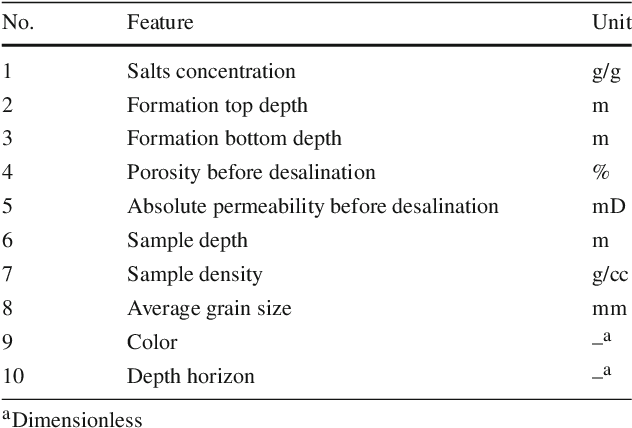


Abstract:The objective of this work is to study the applicability of various Machine Learning algorithms for prediction of some rock properties which geoscientists usually define due to special lab analysis. We demonstrate that these special properties can be predicted only basing on routine core analysis (RCA) data. To validate the approach core samples from the reservoir with soluble rock matrix components (salts) were tested within 100+ laboratory experiments. The challenge of the experiments was to characterize the rate of salts in cores and alteration of porosity and permeability after reservoir desalination due to drilling mud or water injection. For these three measured characteristics, we developed the relevant predictive models, which were based on the results of RCA and data on coring depth and top and bottom depths of productive horizons. To select the most accurate Machine Learning algorithm a comparative analysis has been performed. It was shown that different algorithms work better in different models. However, two hidden layers Neural network has demonstrated the best predictive ability and generalizability for all three rock characteristics jointly. The other algorithms, such as Support Vector Machine and Linear Regression, also worked well on the dataset, but in particular cases. Overall, the applied approach allows predicting the alteration of porosity and permeability during desalination in porous rocks and also evaluating salt concentration without direct measurements in a laboratory. This work also shows that developed approaches could be applied for prediction of other rock properties (residual brine and oil saturations, relative permeability, capillary pressure, and others), which laboratory measurements are time-consuming and expensive.
Reconstruction of 3D Porous Media From 2D Slices
Jan 29, 2019



Abstract:We propose a novel deep learning architecture for three-dimensional porous media structure reconstruction from two-dimensional slices. A high-level idea is that we fit a distribution on all possible three-dimensional structures of a specific type based on the given dataset of samples. Then, given partial information (central slices) we recover the three-dimensional structure that is built around such slices. Technically, it is implemented as a deep neural network with encoder, generator and discriminator modules. Numerical experiments show that this method gives a good reconstruction in terms of Minkowski functionals.
Deep Neural Networks Predicting Oil Movement in a Development Unit
Jan 08, 2019



Abstract:We present a novel technique for assessing the dynamics of multiphase fluid flow in the oil reservoir. We demonstrate an efficient workflow for handling the 3D reservoir simulation data in a way which is orders of magnitude faster than the conventional routine. The workflow (we call it "Metamodel") is based on a projection of the system dynamics into a latent variable space, using Variational Autoencoder model, where Recurrent Neural Network predicts the dynamics. We show that being trained on multiple results of the conventional reservoir modelling, the Metamodel does not compromise the accuracy of the reservoir dynamics reconstruction in a significant way. It allows forecasting not only the flow rates from the wells, but also the dynamics of pressure and fluid saturations within the reservoir. The results open a new perspective in the optimization of oilfield development as the scenario screening could be accelerated sufficiently.
Data-driven model for the identification of the rock type at a drilling bit
Sep 13, 2018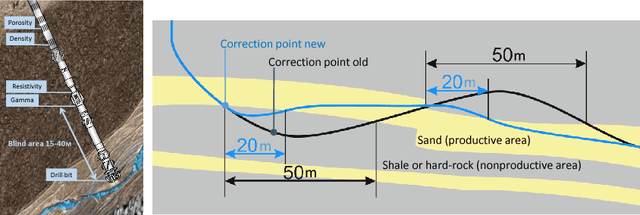
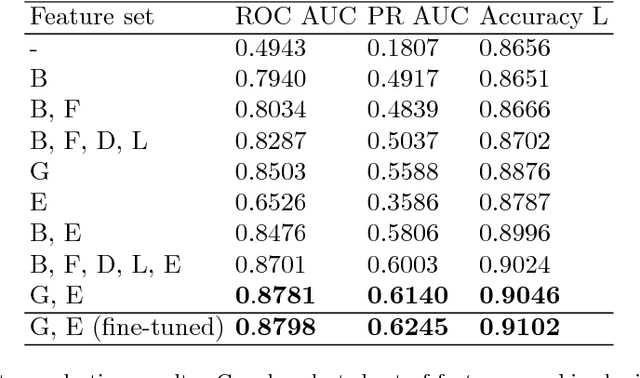
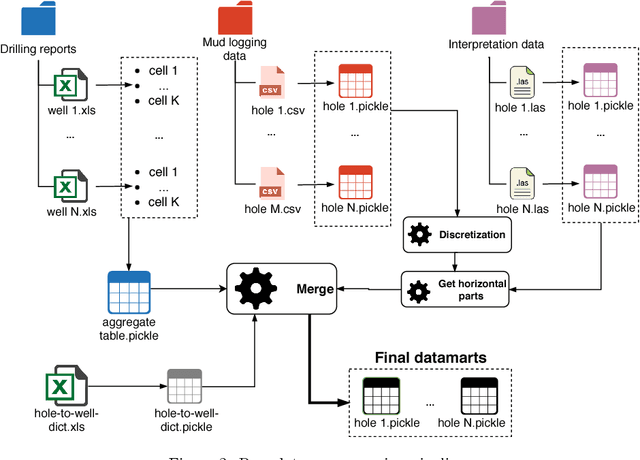
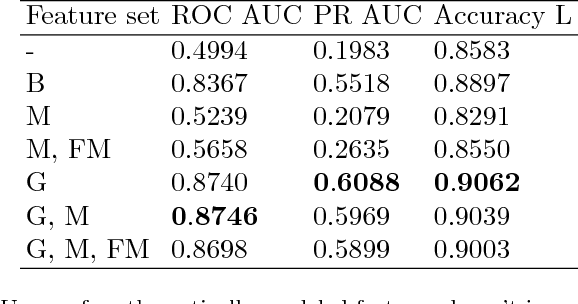
Abstract:In order to bridge the gap of more than 15m between the drilling bit and high-fidelity rock type sensors during the directional drilling, we present a novel approach for identifying rock type at the drilling bit. The approach is based on application of machine learning techniques for Measurements While Drilling (MWD) data. We demonstrate capabilities of the developed approach for distinguishing between the rock types corresponding to (1) a target oil bearing interval of a reservoir and (2) a non-productive shale layer and compare it to more traditional physics-driven approaches. The dataset includes MWD data and lithology mapping along multiple wellbores obtained by processing of Logging While Drilling (LWD) measurements from a massive drilling effort on one of the major newly developed oilfield in the North of Western Siberia. We compare various machine-learning algorithms, examine extra features coming from physical modeling of drilling mechanics, and show that the classification error can be reduced from 13.5% to 9%.
 Add to Chrome
Add to Chrome Add to Firefox
Add to Firefox Add to Edge
Add to Edge